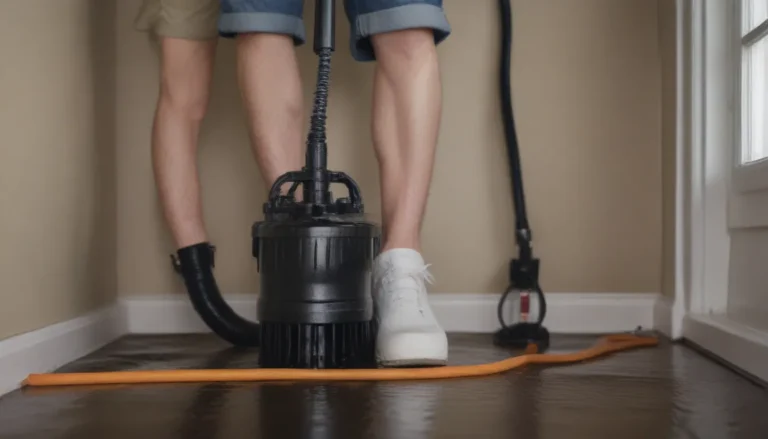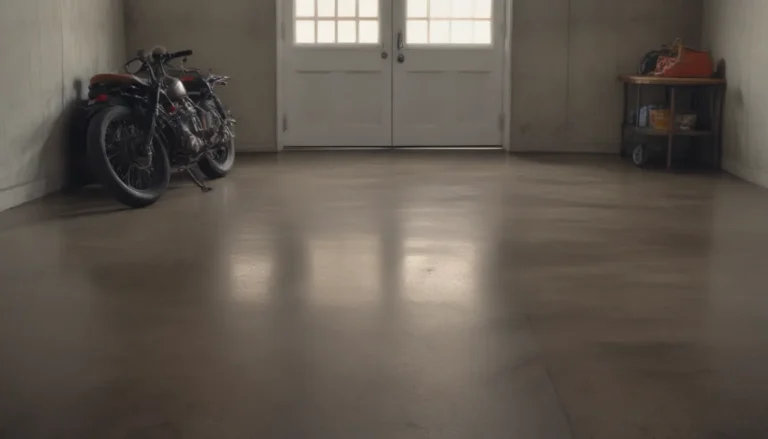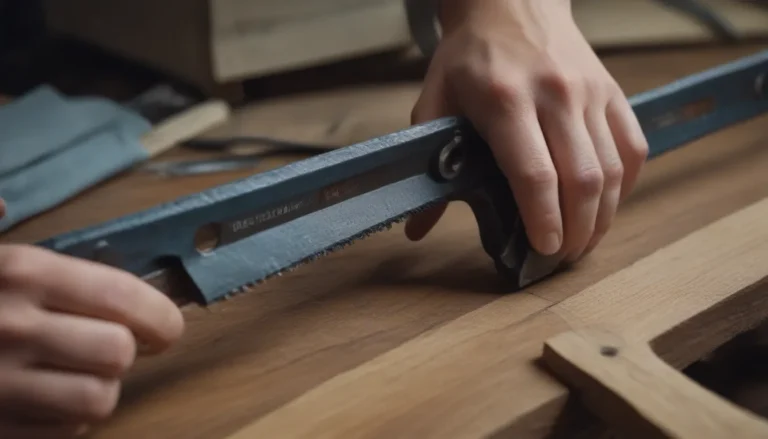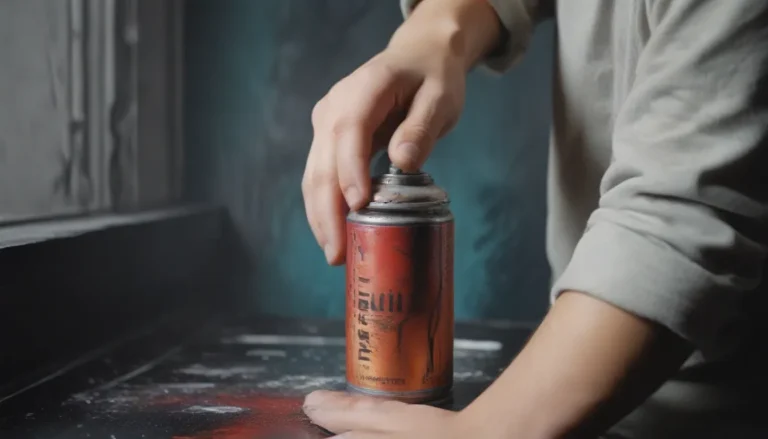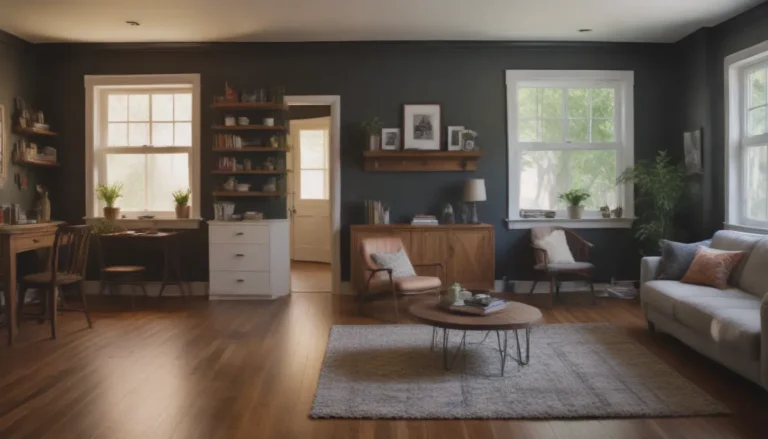The Importance of Using Primer Before Painting: How Many Coats You Need
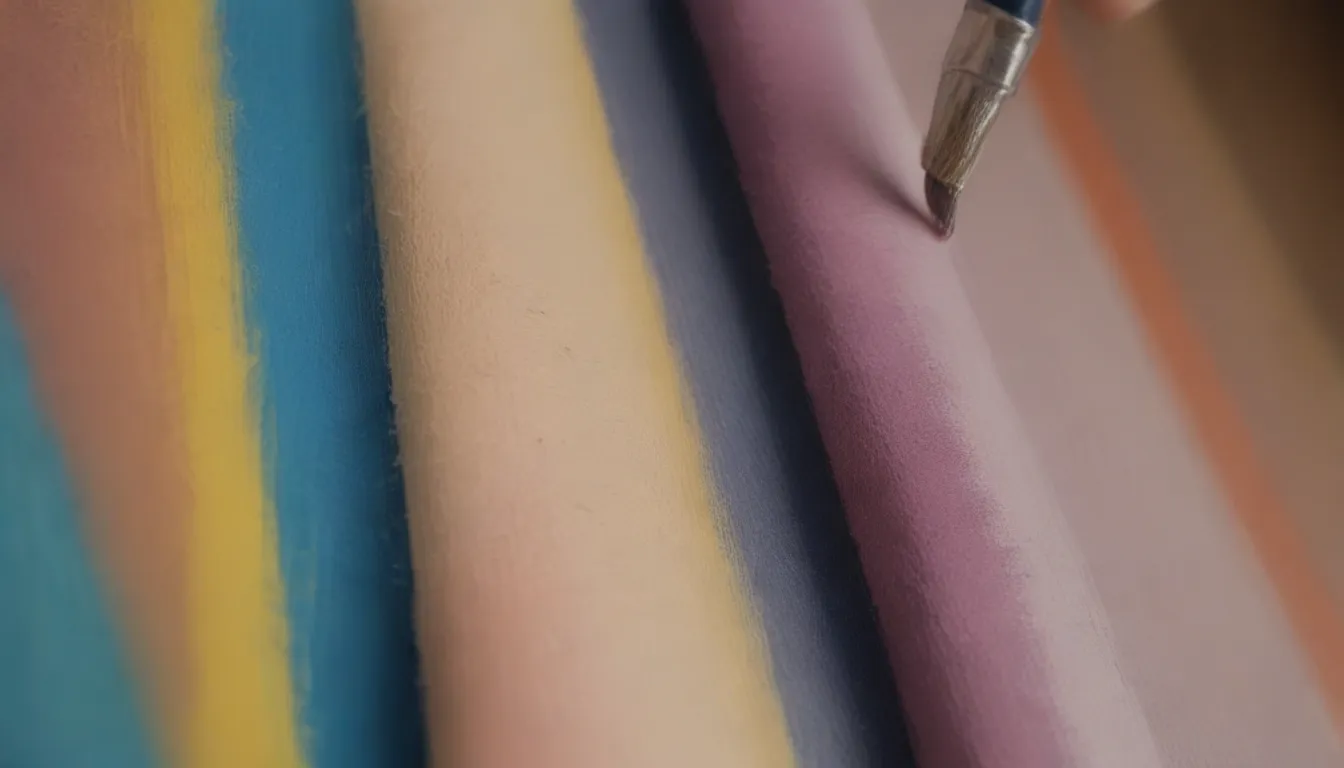
Are you wondering if you always need to use primer before painting? If so, how many coats of primer should you be applying? These are common questions that many DIY enthusiasts and professional painters may have. The truth is, the number of coats of primer required can vary depending on the project and the type of paint being used. In this in-depth guide, we will explore the importance of using primer before painting, when to use primer, how many coats of primer to apply, and the types of primer available in the market.
Understanding Primer
Primer is a crucial step in the painting process that comes before the final coat of paint. Its primary purpose is to prepare the surface for painting by improving the adhesion and coverage of the paint. Without a layer of primer, the paint may not adhere properly to the surface, resulting in a lackluster finish and poor durability. Primer acts as a bonding agent between the surface and the paint, ensuring a smooth and long-lasting paint job.
Do You Really Need Primer?
In most cases, yes, you do need to prime before painting. While there are paints with built-in primers available in the market, they are typically only effective for repainting walls that already have paint on them. However, there are several situations where using primer is essential:
- Painting unfinished wood: Unfinished wood surfaces are porous and require primer to seal and protect the wood before painting.
- Applying latex-based paint over oil-based paint: Using a primer is crucial when switching between different types of paints to ensure proper adhesion.
- Painting over plaster and joint compound: Priming these surfaces helps smooth out imperfections and creates a uniform base for the paint.
- Painting over new drywall: New drywall absorbs paint differently, and using primer ensures an even finish.
- Painting over stains or mold: Primers specifically designed to cover stains and mold are necessary to prevent them from bleeding through the paint.
- Using lower-quality paints: Using a high-quality primer can help improve the coverage and longevity of lower-quality paints.
How Many Coats of Primer to Use
The number of coats of primer to use depends on the project and the type of paint being applied. Here are some general guidelines to follow:
When to Use One Coat of Primer
- Use one coat of primer when making subtle changes in paint colors or going from a light color to a dark color. This helps in covering the existing paint and reduces the number of coats of final paint needed.
When to Use Two Coats of Primer
- Use two coats of primer for priming unfinished surfaces, changing paint colors drastically, or transitioning from a dark color to a light color. For drastic color changes, have the primer tinted to 50% of the final paint color for better coverage.
When to Use Three Coats of Primer
- While two coats of primer are usually sufficient, there are situations where a third coat may be necessary. This includes painting over challenging surfaces like masonry, plaster, unfinished wood, or covering major stains such as water damage.
Tip: When painting new drywall, always use a minimum of two coats of PVA primer to prevent splotchy finishes and ensure even coverage.
Choosing the Right Primer
It is essential to select the right type of primer for your project to achieve the best results. Different surfaces require different types of primers, so be sure to read the label and follow the manufacturer’s instructions for application. If you are unsure about which primer to use, consult with a paint specialist at your local hardware store for recommendations.
In conclusion, using primer before painting is a crucial step that ensures the longevity and quality of your paint job. While the number of coats of primer needed can vary, following these guidelines can help you achieve a professional-looking finish. Always remember to prep the surface properly, select the right primer for the job, and follow the manufacturer’s instructions for the best results. Happy painting!
